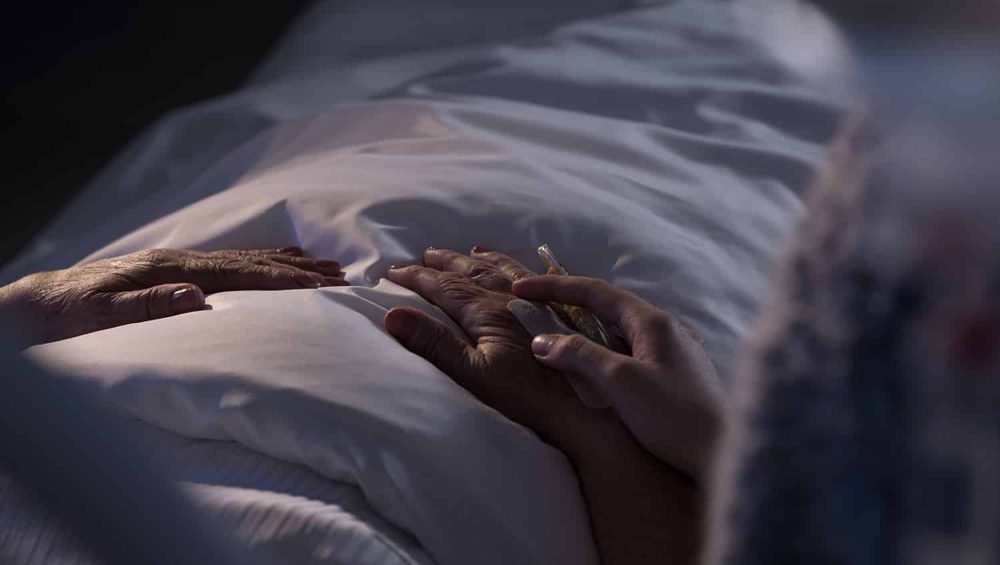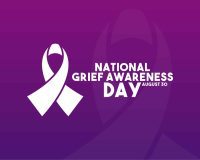
Doctors in our modern medical system are trained in ways to heal, restore, prolong life, and prevent death. But what happens when there is no more healing, no more restoration, no further prevention available and the only thing being prolonged is the inevitable death of a patient?
Dr. Jessica Nutik Zitter, M.D., a board-certified physician in critical-care and palliative-care medicine in Oakland, California has found compelling reasons to create what she calls, a Code Death in the ICS unit she practices in. In her experiences as an ICU physician, there are times when continuing to practice life-sustaining measures are in vain. To ward off the inevitable death by keeping patients on life support puts stress not only on the patient’s body but also the family whom the patient will need to rely on for washing, bathing, feeding, etc.
“We physicians need to relearn the ancient art of dying,” Zitter says. Doctors have long been trained in lifesaving and life-sustaining measures even when a patient begins to die — with no hope of regaining life as they once knew it to be. She relates this to that of a midwife preparing the mother to give birth. There is, in fact, a growing movement of death doula’s used by families.
Relearning how to die requires two important steps, Zitter says. The two key elements are the acknowledgment that it is time to shift the course of care and the shift of the technical aspect of care.
She began with three patients that were on breathing machines, explaining each patient’s outcome with their family and opening the discussion about shifting care. She explained that their family member was beginning to die and that there was too much brain damage at that point for any sort of recovery. She went on to talk through the care that would be needed as the patient wouldn’t be able to do anything for themselves and the ramifications of keeping them on life-support long-term. Each family member agreed to remove the life-sustaining machines.
To implement the technical step of Code Death, Zitter and her team asked the families to leave the room as they removed the breathing tubes and unhooked each patient, washing their faces and even brushing their hair. Once neatly tucked in and with any necessary tubes hidden from view, the families were invited back into the room as the doctor and staff stood in the back of the room ready to step in if necessary.
Each patient eventually died within a few hours up to several days. Dr. Zitter feels that the importance of administering a Code Death is just as important and has just as much validity as a Code Blue. She feels strongly that it should be protocol, and taught and practiced with doctors needing to be certified every two years. As she sees it, “helping patients die takes as much technique and expertise as saving lives.”
Click here to learn more about the importance of an advanced directive.
Additional Links:
https://well.blogs.nytimes.com/2014/04/10/a-better-way-to-help-dying-patients/




